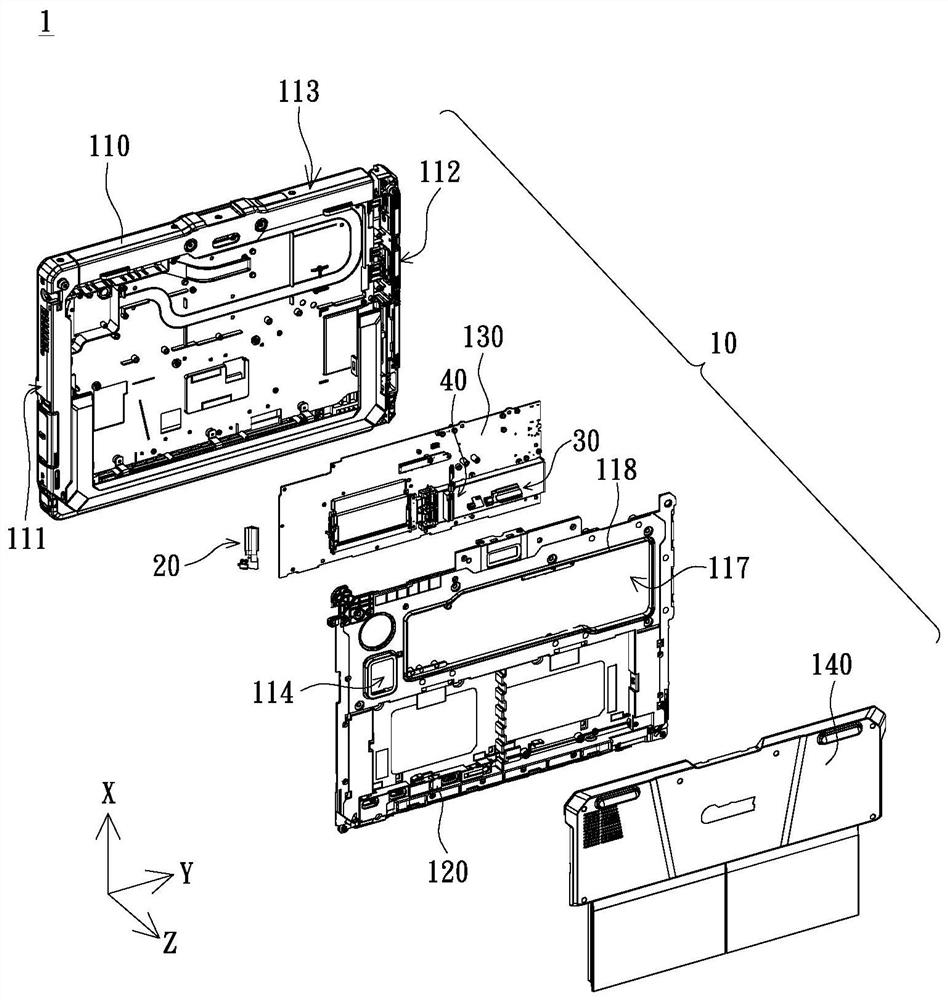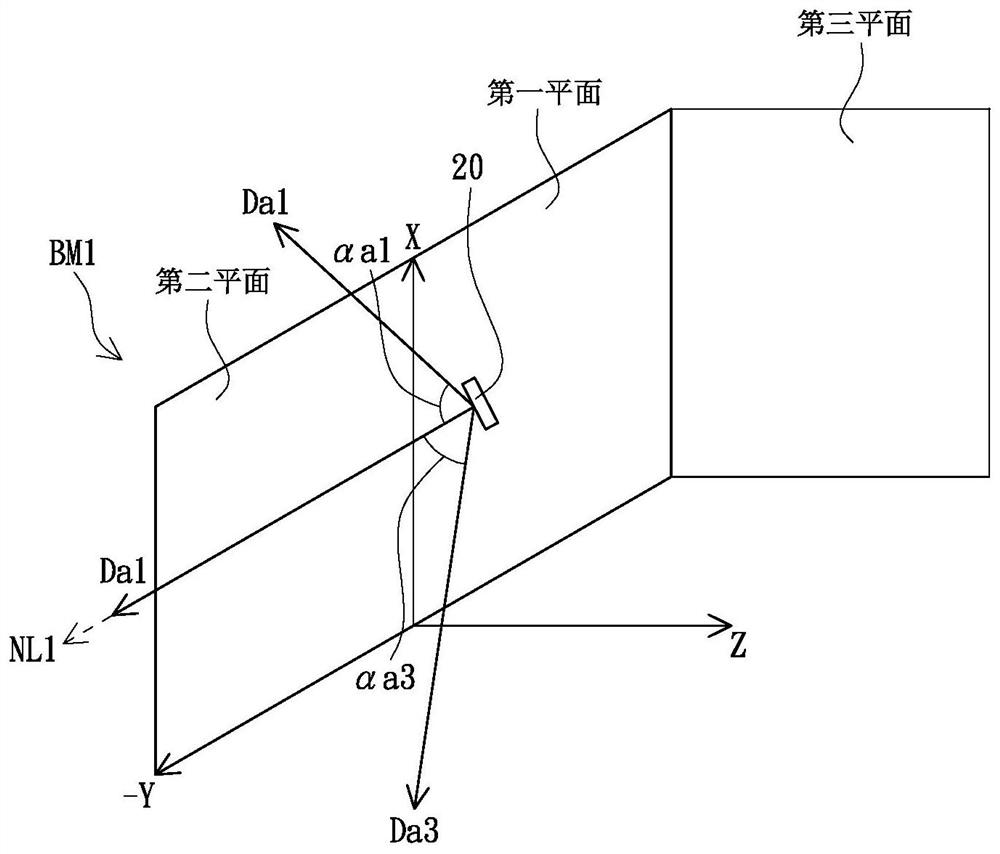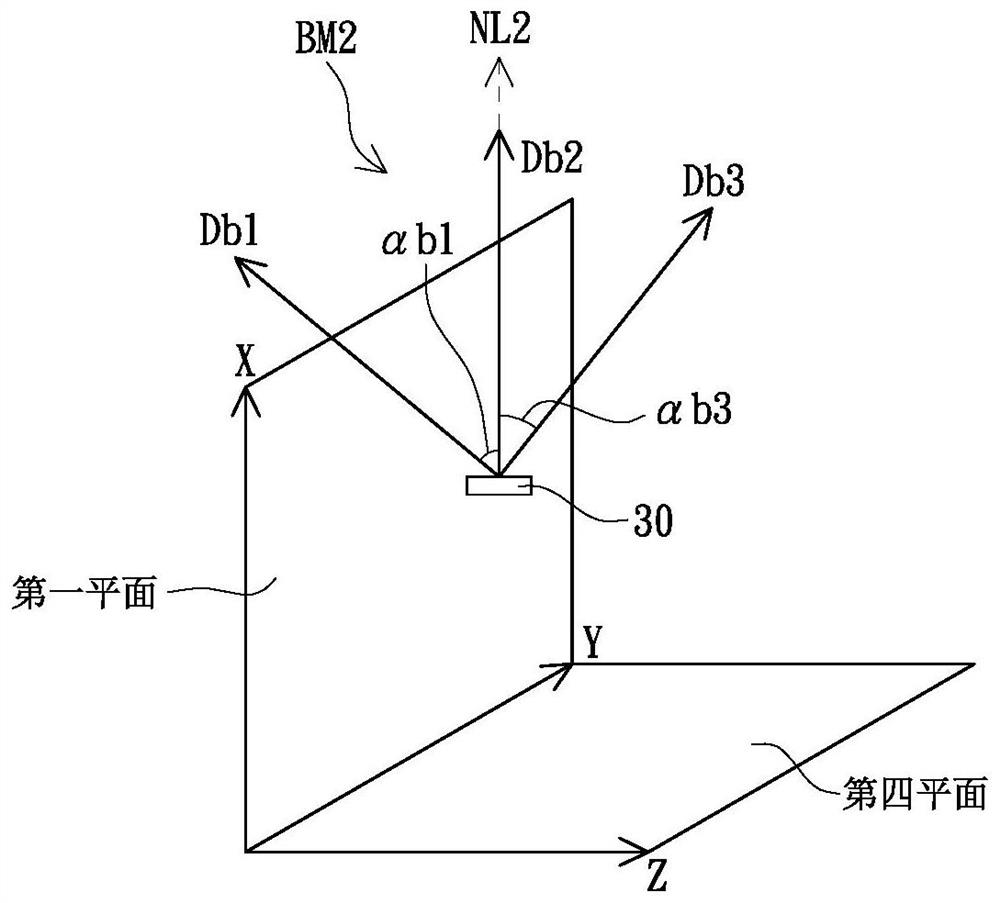Electronic device
An electronic device and antenna technology, applied in the direction of electrical components, radio transmission systems, diversity/multi-antenna systems, etc., can solve problems such as distance reduction, affecting antenna performance and communication quality, increasing the coupling of antenna components, etc., to avoid signal The effect of interruption
- Summary
- Abstract
- Description
- Claims
- Application Information
AI Technical Summary
Problems solved by technology
Method used
Image
Examples
Embodiment Construction
[0025] In some wireless communication systems (eg, millimeter wave communication systems), multiple antennas may be used to transmit or receive signals between a base station and a user device (eg, a tablet computer). The electronic device provided by the embodiment of the present invention is applied to electronic devices with wireless communication functions, such as tablet computers and notebook computers.
[0026] see figure 1 shown, figure 1 It is an exploded schematic diagram of the electronic device according to the embodiment of the present invention. The electronic device 1 provided by the embodiment of the present invention includes a body 10 , a first array of antennas 20 , a second array of antennas 30 and a third array of antennas 40 . The body 10 includes a first casing 110 , wherein the first casing 110 has a first side 111 and a second side 112 opposite to each other. The first array antenna 20, the second array antenna 30 and the third array antenna 40 are p...
PUM
 Login to View More
Login to View More Abstract
Description
Claims
Application Information
 Login to View More
Login to View More - R&D
- Intellectual Property
- Life Sciences
- Materials
- Tech Scout
- Unparalleled Data Quality
- Higher Quality Content
- 60% Fewer Hallucinations
Browse by: Latest US Patents, China's latest patents, Technical Efficacy Thesaurus, Application Domain, Technology Topic, Popular Technical Reports.
© 2025 PatSnap. All rights reserved.Legal|Privacy policy|Modern Slavery Act Transparency Statement|Sitemap|About US| Contact US: help@patsnap.com



